Concrete proportions for concrete mixer
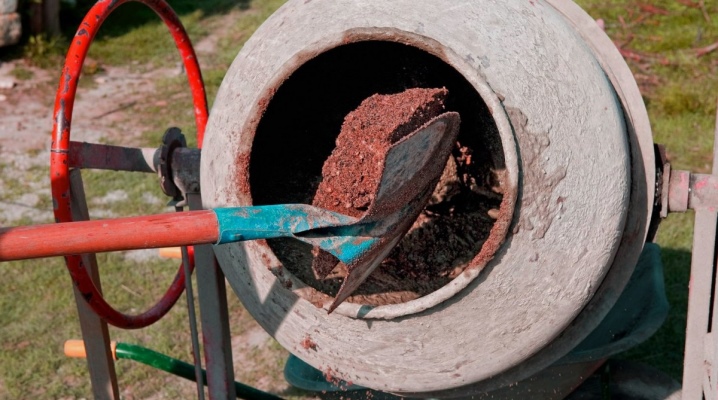
Properly prepared cement mortar is the key to the strength of the structure. From this article, you will learn the correct proportions for preparing a solution in a concrete mixer, calculating the components in buckets and shovels, and how to mix concrete for blind area and plaster.
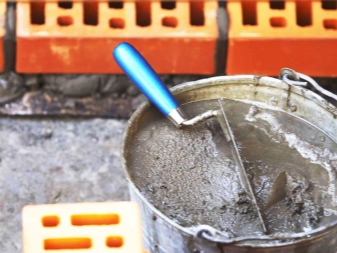
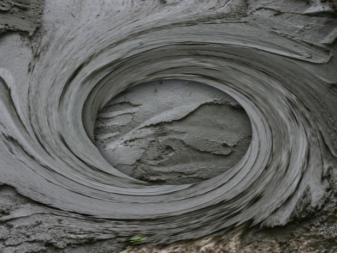
Basic proportions
Concrete is the main building material. And in order for it to be strong and reliable, even in the process of making the solution, you need to clearly understand its purpose.
- Concrete. Its components are cement, fine (sand) and large (crushed stone) fillers, water. Purpose - the manufacture of large building products, the pouring of large surfaces, the construction of floors and other voluminous work.
- Building mixture. Composition - cement, fine filler and water. There are no gravel in it. Scope of application - finishing work, filling seams and joints, a bunch of various elements and finishes, and other similar work.
Therefore, before preparing the composition, be sure to consider the purpose. And the methods of preparation, delivery to the destination and delivery to the working area for both solutions do not differ.
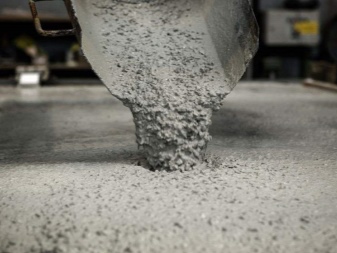
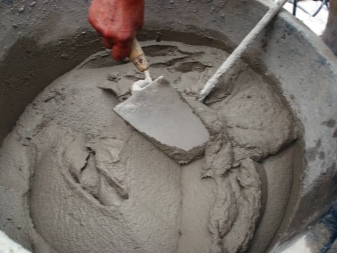
It is best to prepare the compositions in concrete mixers, then a homogeneous structure is guaranteed. In extreme cases, you can knead with a spatula, shovel or pitchfork. And in order to get the desired characteristics of the product, choose the right brand of cement:
- М100 - initial stages of foundation construction, road construction, interior decoration;
- М150 - pouring screeds;
- М200 - production of foundations for one-story buildings, creation of reinforced concrete products, fences, beams (this is the most common brand of cement);
- М250 - construction of small floor slabs;
- М300 - strip and monolithic foundations of high buildings;
- М350 - the foundation of large buildings and structures;
- М400 - basement floors in monolithic buildings, pool capacities;
- М450 - critical structures, dams and dams on hydraulic structures, construction of underground tunnels, subways.
The number after the letter "M" is an indicator of the strength of the hardened mortar. It shows the pressure in kilograms per square centimeter that will destroy the structure. For example, the M300 grade is designed for a load of no more than 300 kg / cm2.
For household purposes, cement of the M200-M300 grades is usually taken. Their characteristics are quite sufficient, while maintaining an acceptable cost.

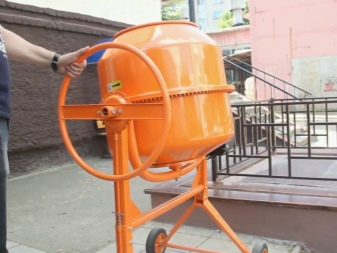
In catalogs, it is often not the brand that is indicated, but the strength class of concrete:
- class B7.5 corresponds to the M100 brand;
- B12.5 - M150;
- B15 - M200;
- B20 - M250;
- B22.5 - M300;
- B25 - M350;
- B30 - M400;
- B35 - M450.
The brand (or class) of cement affects the proportions of the constituent parts in concrete.
You can prepare the solution in different ways.

Classic concrete
Usually cement grade M200 (B15) is used. Mix composition:
- cement - 2 parts;
- crushed stone - 4 parts;
- sand - 5 parts.
Parts are relative units of measure. It can be kilograms, liters, even shovels. The main thing is that the number of all components is in one unit of measurement.
This composition is used everywhere. You can change it - for example, add water so that the concrete will fill the surface better.
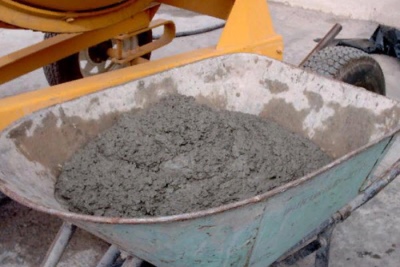
For blind area
A blind area is a waterproof belt around a building. It is constantly exposed to precipitation, therefore it must be durable. The brand of cement for it is M400, and the proportions of concrete for mixing in a concrete mixer:
- cement - 1 part;
- crushed stone - 5.5 parts;
- sand - 4 parts;
- water - 0.9 parts.
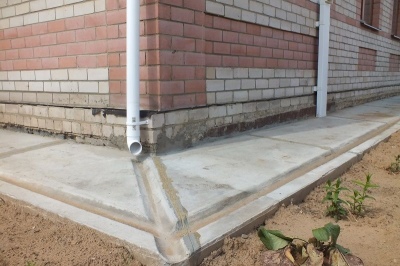
For fence posts
Here the ratio is slightly different:
- cement - 1 mass or volume fraction;
- crushed stone - 4 shares;
- sand - 2 shares;
- water - 0.5 share.
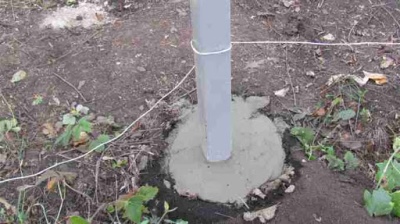
For the foundation
At the initial stage of construction, high strength is not required, so M150 cement will suffice. Mixing recipe:
- cement - 1 part;
- crushed stone - 7 parts;
- sand - 4.6 parts.
For the construction of the main part of the foundation, more durable concrete is needed - for example, M300. The proportions are as follows:
- cement - 1 part;
- crushed stone - 3.7 parts;
- sand - 1.9 parts.
Water needs about 0.5 liters.
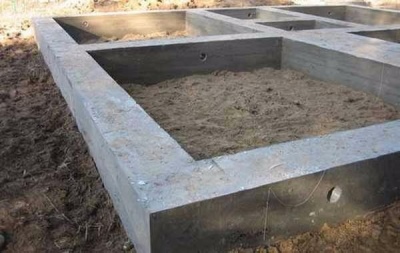
If the structure is to have increased strength, superplasticizers are added to the cement slurry. Instructions for their use are indicated on the packaging, and the required amount depends on the volume of the batch.
If a stronger cement is used (for example, M450), the composition of the mixture will change:
- cement - 1 share;
- crushed stone - 2.5 shares;
- sand - 1.1 shares.
In all recipes, the volume of water should be about half the volume of the cement.
Of course, this is an approximate recipe. The main goal is to get a dense curdled solution, moreover, quite plastic. And in the right amount (for example, exactly 160 liters), so that you do not have to do more or there is no extra solution left.

How to calculate?
When preparing a solution with your own hands, the required volume of components is taken in standard household buckets with a volume of about 10 liters. In some recipes, calculations are presented in kilograms. Therefore, you need to understand their relationship:
- cement - 15 kg;
- sand - 19 kg;
- crushed stone - 17.5 kg.
These are approximate values, real figures depend on moisture content, the density of the material tamped in the bucket and the size of the fraction.
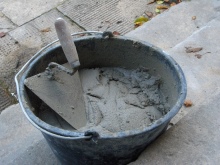
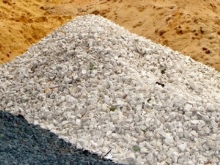
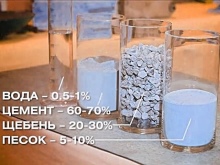
But you can still calculate the number of components with sufficient accuracy.
For example, you need to make 120 liters of mortar for pouring the foundation from M450 cement. The components are:
- cement - 1 share;
- crushed stone - 2.5 shares;
- sand - 1.1 shares.
Then we divide 120 by the sum of all parts and we get 26 liters - the required amount of cement:
- crushed stone volume - 26x2.5 = 65 liters;
- the volume of sand - 26x1.1 = 29 liters;
- check - 26 + 65 + 29 = 120 liters.
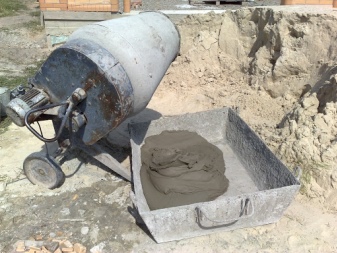
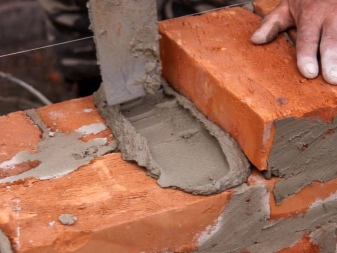
It should be borne in mind that the volume of the finished mixture will be less than the total volume of its constituent parts. This is because water and other components occupy the areas between the rubble. In addition, the water evaporates, which leads to a decrease in mass. Then the volume of the components needs to be increased slightly.
Water does not participate in the calculations - most of it will evaporate, and the rest will give a small supply of volume.
Using this method, you can calculate the consumption of components for each type of mixture. And any of its volumes - 130, 180, 200 liters and more.
When you determine the approximate mass of the concrete components, you can start preparing and using it. But first, a little about how best to knead the mixture.
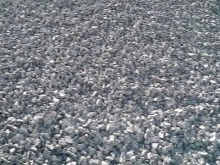
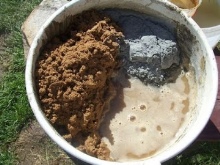

Cooking recommendations
It is important not only to correctly select the composition of the concrete, but also to stir it correctly. A few tips from experts will help you with this.
- Do not lean over the machine when mixing. When adding components with a shovel, be careful - the rotating blades can hit the shovel and knock it out of your hands. Observe safety precautions.
- Wear protective goggles and gloves when handling dry components - cement dust dries out the skin of your hands. Don't forget about a respirator.
- Use only clean materials. Sift sand and cement before working. Check the quality of the water - there should be no debris in it. It is best to use distilled water.
- When working in the cold season, it is advisable to warm up the sand and water.
- The mortar should occupy about half the volume of the concrete mixer so that it does not fly out of the mixer when stirring.
- First, pour some water into the mixer and turn it on. The water should wet the walls of the mixer. This is necessary so that the solution does not stick to the walls.
- Then add most of the rubble. When working, it will break lumps.
- Add cement, sand and other ingredients.
- Check the quality of the solution. To do this, pour out a small part of it and make 4-5 notches with a shovel. Good concrete will stay smooth and the peaks between the notches will remain.
- Use the ready-made solution no later than after 30-40 minutes, otherwise it will harden.
- Be sure to wash the concrete mixer after use.

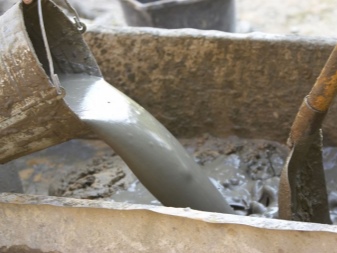
The proportions of concrete for a concrete mixer in the video below.













The comment was sent successfully.